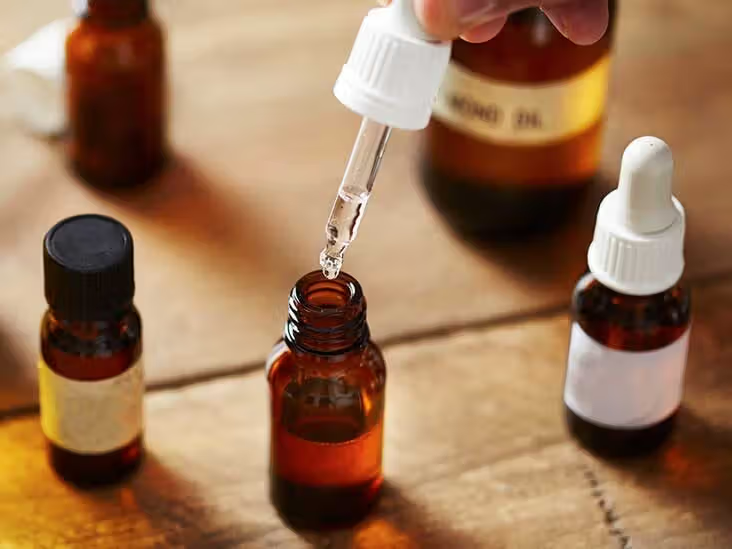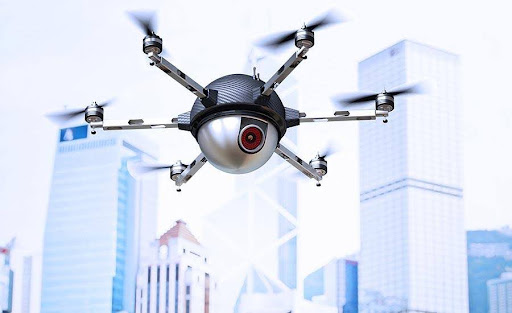Introduction
Workplace safety is crucial for the smooth functioning of a business. With an Occupational Health and Safety Management System (OHSMS), risks can be identified and mitigated at the right time. When paired with a Hazard Identification and Risk Assessment (HIRA) program, risks are identified and evaluated based on the severity of the situation. Appropriate control measures are enforced by ISO 45001 to integrate safety policies and processes. From medical preparedness to minimising the effect of injuries to alarm systems that can ensure the fastest evacuation, a proactive approach to risk management is essential.
The purpose is to minimise injuries and damage to the environment and ensure consistent improvement. Read on to learn more about how HIRA and OHSMS enhance workplace security and ensure the safety of employees.
Understanding HIRA
HIRA full form is the Hazard Identification and Risk Assessment program. As the name suggests, it is a process used to identify potential hazards in a system that could lead to accidents or injuries. Steps are also taken to minimise damage to the property and the ecosystem surrounding the workplace. The team assesses the likelihood of damage and recommends ways to reduce risks. With HIRA, recommended actions eliminate hazards and drastically reduce the probability of occurrence.
Understanding OHSMS
An Occupational Health and Safety Management System ensures workplace safety by preventing hazards and minimising risks. For instance, setting up rules like employees wearing hard hats, creating non-smoking areas within 50 feet of a building and creating emergency evacuation routes are all a part of OHSMS. All these procedures are framed according to the objectives of an organisation while complying with legal requirements.
ISO 45001 is a global standard that outlines best practices for implementing an effective OHSMS. Developed by more than 160 nations, the standard ensures complete adherence to workplace health maintenance and safety. This system improves relationships with stakeholders, ensures proper legal compliance and adds to the credibility of a business. OHSMS and HIRA are also an essential component of corporate social responsibility, which strengthens proper emergency preparedness.
Implementing a Proactive Risk Management Strategy

Risk management strategies need to be framed and reviewed consistently. A structured framework is necessary, which includes the following six steps. For OHSMS and HIRA to work efficiently, the following steps are essential for any business to maintain its reputation:
-
Risk Identification
Systematic observations and timely assessments of a workplace are the main functions performed by HIRA. However, OHSMS complements this by establishing formal procedures for hazard reporting and proper documentation. Both systems offer proactive identification of unforeseen dangers, enabling organisations to develop safety measures.
-
Risk Assessment
With HIRA, the management of a company evaluates risks and measures the severity of a problem. OHSMS integrates this evaluation into a structured framework and identifies potential consequences. The leadership determines the scope of risk assessment, defines the requirement of resources, develops measures for risk analysis and frames appropriate regulations that are in accordance by laws.
-
Identifying Controls
HIRA helps determine suitable risk controls, like the elimination of redundant processes and the introduction of proper engineering solutions. Depending on the nature of work and risk control measures required, the management ensures that there are enough PPE kits available and appropriate administrative controls are in place.
-
Implementing Controls
Controlling a hazard is as important as identifying risk. Therefore, it is essential to have the right controls in order. A general culture of safety is created, which also ensures that legal and regulatory requirements are met at all times. Specific roles are assigned to people, which enhances accountability and ensures deadlines are met.
-
Compliance Monitoring
Regular audits and thorough inspections are achieved by HIRA and OHSMS. For continuous hazard monitoring, training programs and corrective action plans are framed. Plan Bs are created at all times to minimise damages and reinforce a proactive safety culture. Constant compliance monitoring also ensures that systems comply with the latest laws and regulations.
-
Reviewing Outcomes
Constant review of drills and procedures helps in reviewing outcomes. With a premium occupational health and safety management system, incidents are analysed, risk management strategies are refined, and training programs are updated accordingly. The management checks if the workforce is trained enough to upgrade according to evolving laws and requirements.
Conclusion
Effective risk management requires combining HIRA with OHSMS. The purpose of the systems is to identify potential hazards, analyse risks and develop controls. These systems ensure that controls are implemented, monitored and continuously improved. Organisations can develop a proactive approach that ensures operational efficiency and boosts productivity. This builds a culture of safety, creates a healthier environment and ensures the long-term growth of a business.
Frequently Asked Questions (FAQs)
1 What are the benefits of having an occupational health and safety management system?
Answer: The four main benefits of occupational health and safety management systems are a boost in the image or credibility of a company, improvement in cost control, the possibility of evidence-based decision making and enhanced productivity of employees. The system also ensures that the environment is not negatively affected and pollution levels are kept under check.
2 What are the benefits of having a hazard identification and risk assessment system?
Answer: Some of the main benefits of hazard identification and risk assessment systems are avoiding facing legal issues, maintaining the safety of the workforce and adhering to laws and standards. HIRS also provides information on the kind of resources required to maintain security and build confidence among stakeholders.
3 What are the main categories of HIRA?
Answer: The three main categories of HIRA are baseline risk assessments (which cover risks that are occurring for the first time), issue-based risk assessments (which cover risks that can occur because of the installation of new machinery or new processes) and continuous risk assessments (which covers risks that can occur anytime and need consistent inspections).
4 What is HAZOP?
Answer: HAZOP stands for Hazard and Operational Study. The HAZOP teams in an organisation used guidewords to identify deviations, assess risks and suggest mitigation. This system is more comprehensive and detailed than HIRA.
5 What are the main phases under HIRA?
Answer: The first phase of HIRA is hazard identification, which includes field visits and studying operations. The second phase includes risk assessment, and the third phase includes the elimination of risks.
6 What are the stages of risk assessment?
Answer: The five main stages of risk assessment are determining the scope of risk assessment, finalising the resources needed for maintaining safety, determining what kind of measures are required for risk analysis and defining regulations applicable as per Organizational policies.









